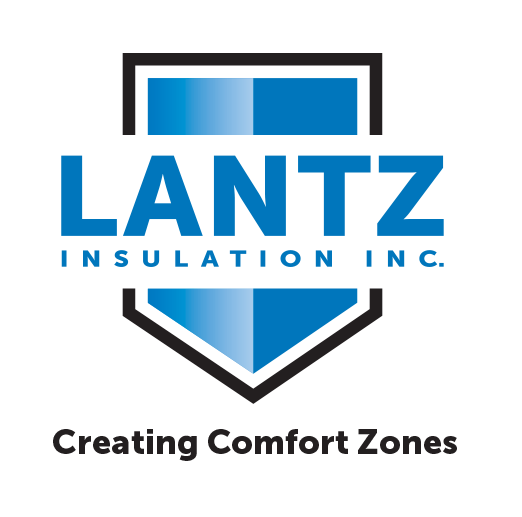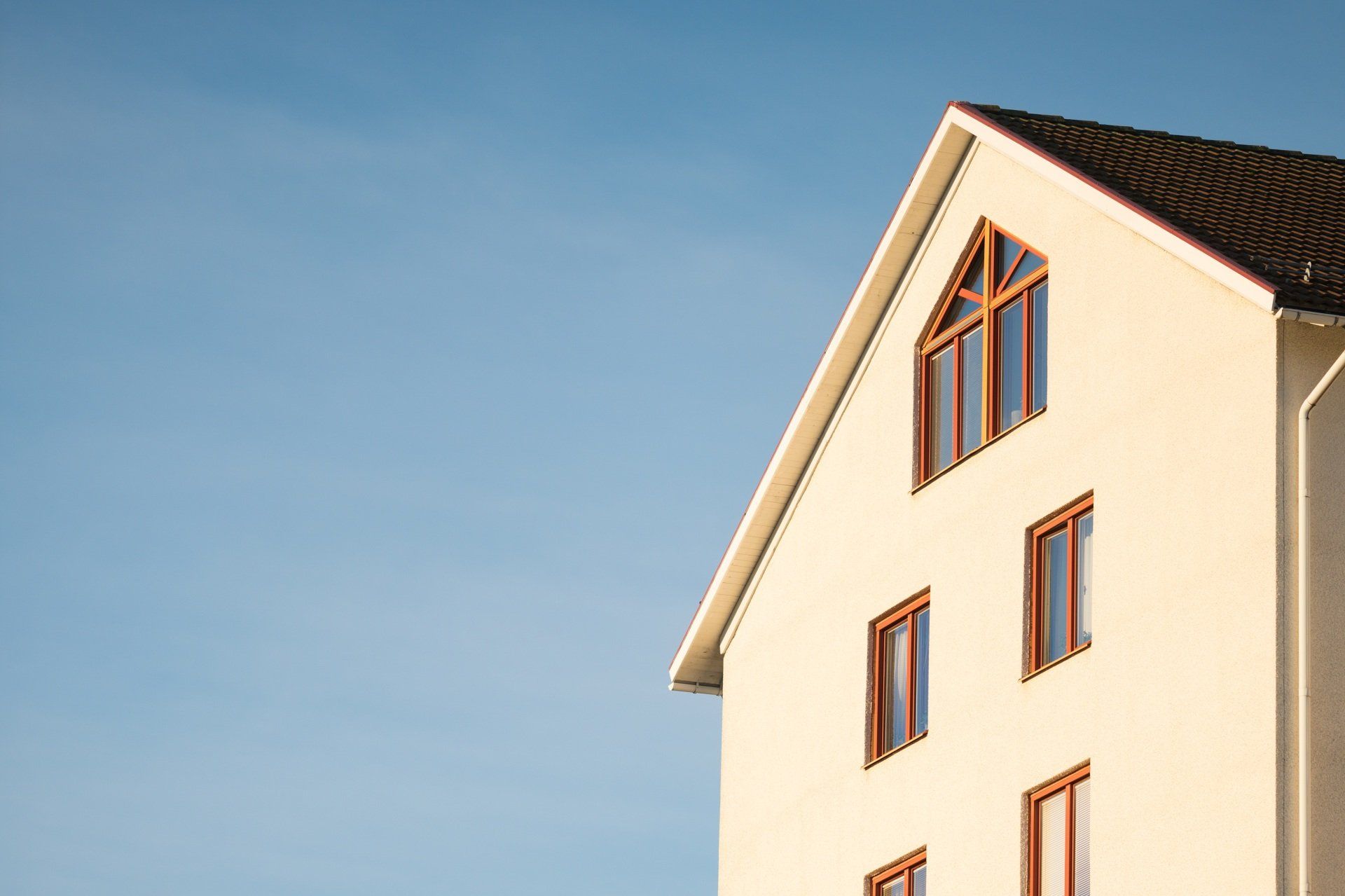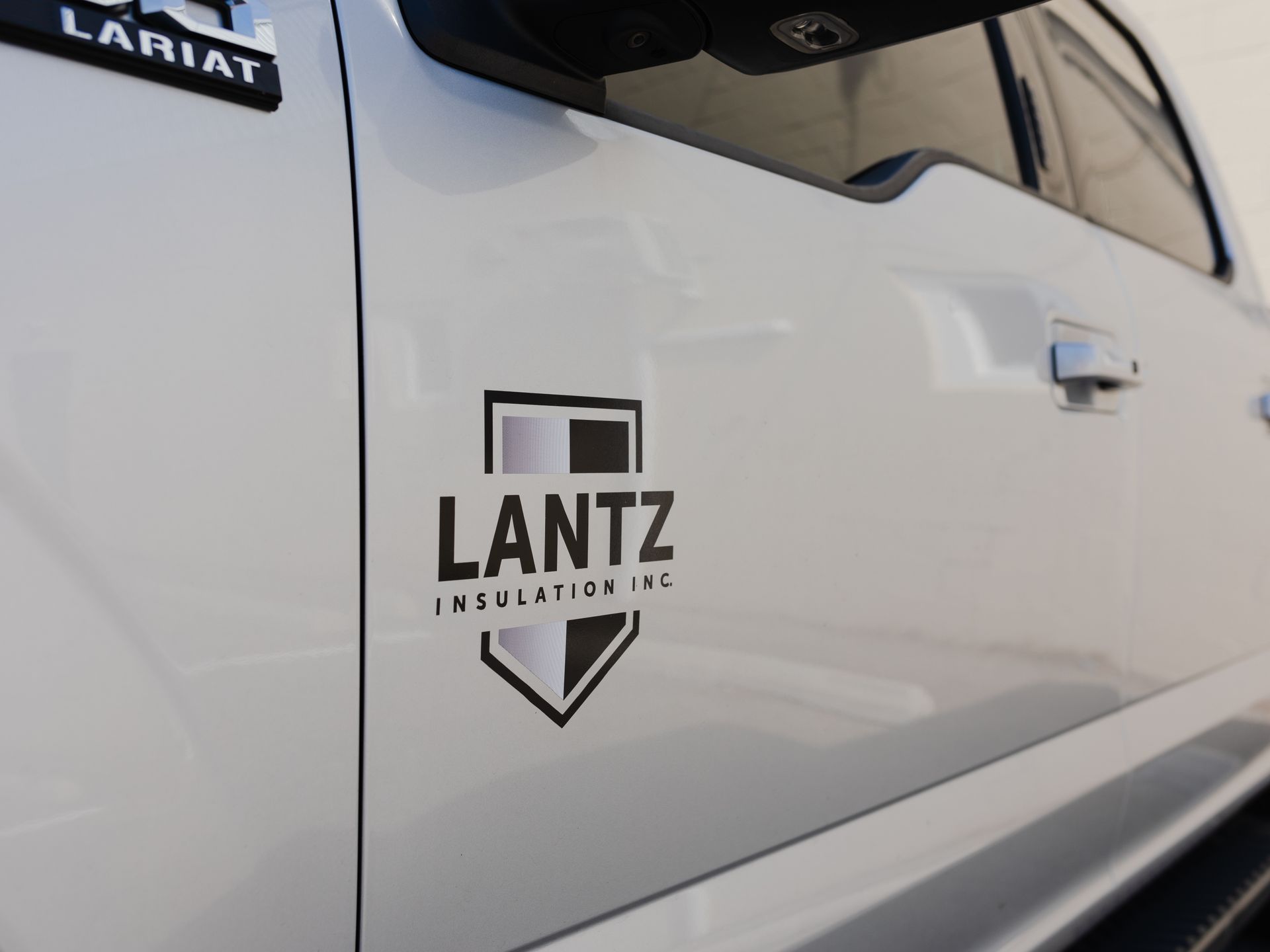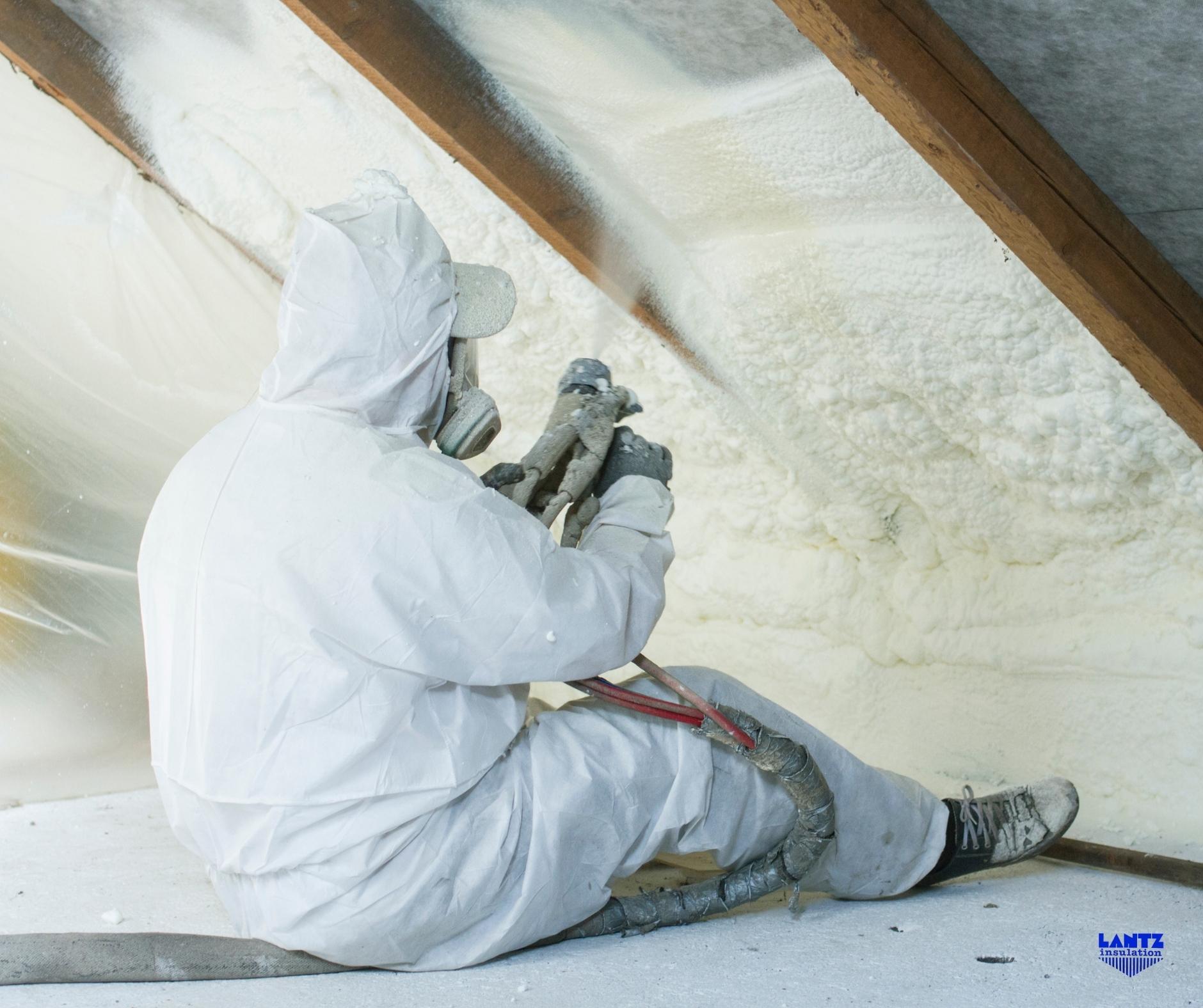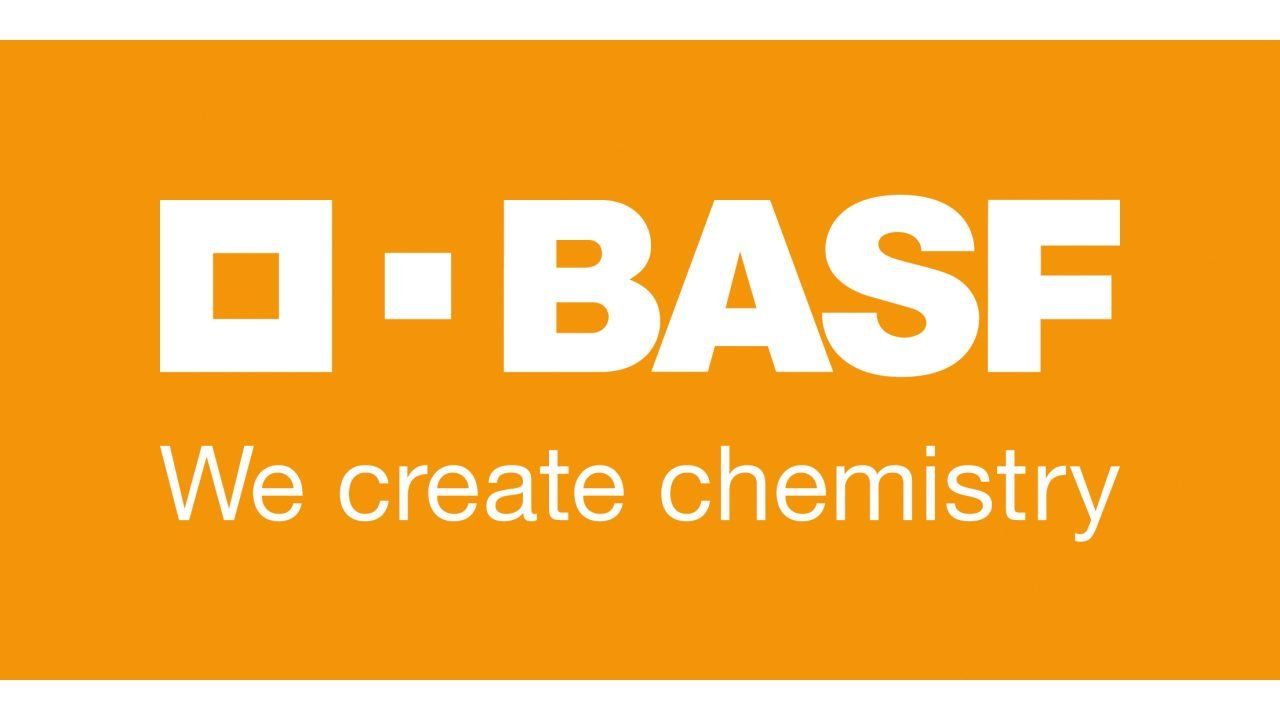7 Ways Attic Insulation Keeps Your Home Warm in Winter—and Saves Money
How attic insulation helps in winter
Faulty attic insulation can let a quarter of your home’s heat escape through your roof, leading to high energy bills, cold spots, and even roof damage.
Here are some ways attic insulation can help your household this winter:
- Slowing heat loss through the roof
- Keeping the temperature consistent in every room in your house
- Cutting down on energy costs by 20%
- Supporting your HVAC system
- Getting rid of cold spots and winter drafts
- Eliminating ice dams and roof damage
- Reducing noise and humidity
Investing in professional-grade attic insulation can help improve your quality of life and cut down on costs for the coming winters. Let’s do a deep dive on the benefits of attic insulation during the winter season and find out what insulation method is best for your home.
Lantz Insulation is Lancaster County’s trusted insulation authority, providing homes new and old with effective insulation since 1978.

7 ways attic insulation keeps your home warm in winter
1. Reduces heat loss through the roof
Did you know that approximately 25% of your home’s heat loss occurs through the ceiling? That’s compared to 35% seeping through your walls, windows, and doors, and 10% sinking through the floor.
Attic insulation slows heat transfer during winter by reinforcing your home's thermal envelope—the structure that separates indoor air from outdoor air. With proper attic insulation, you can ensure that you’re not losing essential heat during the colder months.
2. Stabilizes room temperatures across floors
If your attic isn’t properly insulated, you may notice that your 2nd floor is always significantly hotter than your 1st floor. To understand why this happens, it’s important to know that hot air will always flow towards cold air - the law of thermodynamics.
In your home, hot air will continue to flow towards cold air until there is no temperature difference. In the winter,
proper attic insulation stabilizes your home’s temperature by minimizing heat loss through your ceiling. As the heat is contained by your attic insulation and released into your home via your heating system, the temperature stabilizes across floors.
3. Cuts energy bills by
20%
According to the Department of Energy, proper insulation can reduce your heating and cooling costs by 20%! By reducing the amount of heat leaking through your ceiling, attic insulation reduces the workload placed on your HVAC system during the harsh winter months.
With less heat being released through your ceiling, your energy system can operate more efficiently, reducing the financial burden on you and your family.
One study found that the insulation typically pays for itself within six years!
4. Stabilizes room temperatures across floors
If your attic isn’t properly insulated, you may notice that your 2nd floor is always significantly hotter than your 1st floor. To understand why this happens, it’s important to know that hot air will always flow towards cold air — the law of thermodynamics.
In your home, hot air will continue to flow towards cold air until there is no temperature difference. In the winter,
proper attic insulation stabilizes your home’s temperature by minimizing heat loss through your ceiling. As the heat is contained by your attic insulation and released into your home via your heating system, the temperature stabilizes across floors.
5. Prevents winter drafts and cold spots
If you’re dealing with frigid rooms or floors in your house during the winter, it might be because of poor insulation. Without an effective thermal envelope, your house will struggle with maintaining consistent temperatures throughout all of your rooms.
Homeowners who insulate their attics often see their home’s cold spots disappear.
“I had the insulation blown into my attic and let me tell you what, my upstairs is so warm in the winter compared to without that added insulation,”
one homeowner commented.
“I'm able to keep my thermostat at 62 degrees during winter months after insulation. Before insulation I had the thermostat at 72 degrees. Huge difference. My energy bills are half of what they were.”
6. Eliminates ice dams and roof damage
As winter progresses, especially in colder climates, you may start to notice large swells of ice gathering on your gutter and hanging off from your roof. Those are called ice dams, occurring as heat released from your home melts heavy snow buildup during the day and then freezes during the night.
As the ice builds up at the edge of your roof, it traps a reservoir of water behind it, driving water back up your roof and under the shingles. This can lead to water damage or leaks in your home.
Removing ice dams should be done carefully using methods approved by contractors, as haphazard removal methods can lead to injury.
Effective attic insulation can cut off the release of heat from your home to your roof, cutting down on rapid ice melting and freezing. Investing in quality attic insulation reduces your home’s risk of accumulating ice dams and taking on roof damage.
7. Improves comfort, noise levels, and humidity control
Insulation materials like cellulose and spray foam insulation have sound-dampening properties that help reduce environmental noises like rainfall, traffic, wind, and more. Beyond that, it can improve the acoustic environment of your home, cutting down on echoes and containing the noises within your home.
Attic insulation also helps reduce humidity by regulating your home’s temperature, creating dry indoor conditions that prevent mold and moisture.
One homeowner noticed an immediate difference in their home after installing cellulose insulation.
“I had blown-in
cellulose insulation added to the floor and stairs of the walkup attic in my 1867 Victorian. Noticed an immediate improvement in comfort,” they said.
“The house was quieter, humidity levels were more stable. Overall the house felt tighter, more solid and sheltering.”
Have an older home? You might see huge gains from attic insulation.
If you’re a proud owner of a historic home or building, investing in insulation for your attic may lead to major cuts in energy costs for you and your family. Older homes may excel in charm and character, but they often lack in energy efficiency.
While today’s homes must be fully insulated, that wasn’t always the case. It was only as recent as 1965 that U.S. building codes required insulation, and even then it was only required in the walls.
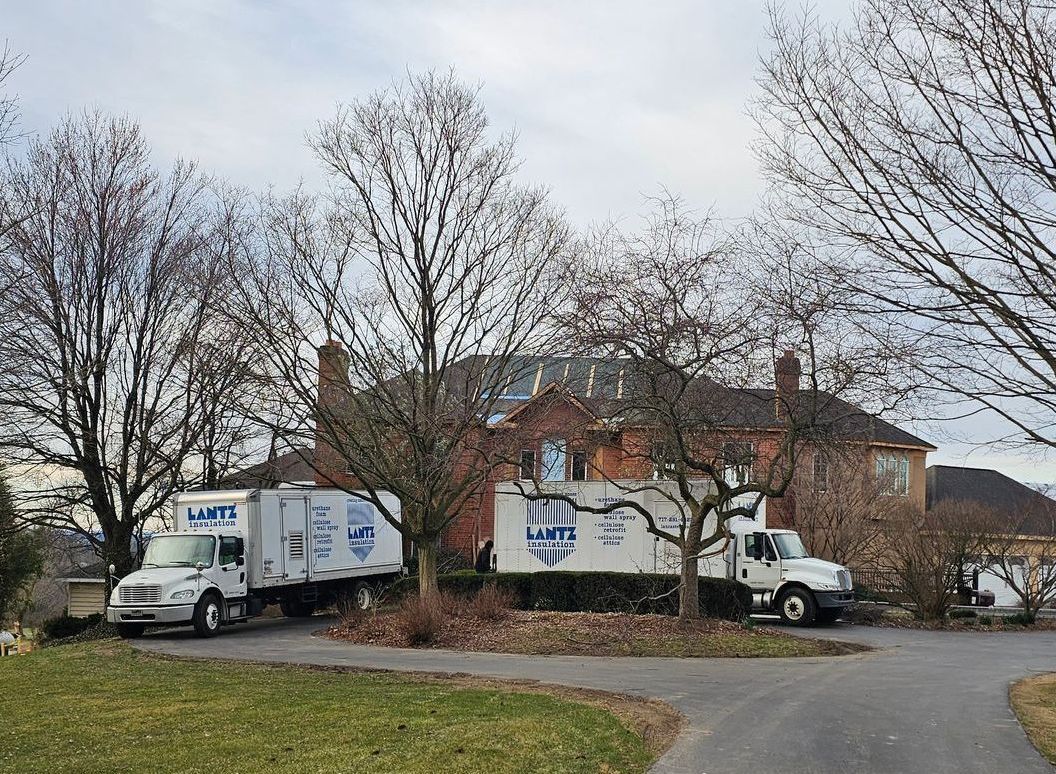
How to evaluate if your older home needs attic insulation
1. Check if your home is insulated
Depending on the year your home was built, it may not have been insulated or insulated properly. Check your attic for signs of insulation and decide if you need to add some.
2. Inspect your old insulation
As insulation ages, it may be destroyed by pests or fall victim to water damage. Inspect your old insulation for signs of damage and consider replacing it.
3. Evaluate your home for drafts
Using a
blower door test, you can check your home for drafty attics or other air leaks. The data gathered during a blower door test is great for assessing how you’ll need to insulate your home.
Types of attic insulation for winter (and how to choose)
As the cold creeps in, it’s important to choose the right insulation material for your home. Different types of insulation serve different needs, so understanding your options can help you make the best choice for your home and climate.
Spray foam insulation
Spray foam insulation is great for attics because of its high R-value, duration, and resistance to moisture. As the insulation is sprayed into your attic, the foam expands and fills unconventional spaces. This also makes it perfect for filling cracks and sealing off air leaks.
“We had spray foam insulation added to the attic at our last house,” said
one satisfied homeowner. “It was oil heat so we had a great way of measuring the efficiency. It made a big difference in both summer and winter.”
Blown-in fiberglass insulation
Blow-in fiberglass insulation is made of small glass fibers that are considered “loose-fill” insulation due to its fluffy appearance. Fiberglass insulation excels in affordability and ease of installation but is not as airtight as a material like spray foam.
As the fluffy insulation blow-in fiberglass compacts, it may decrease in effectiveness, so it’s important to monitor your home’s efficiency every few years.
Cellulose insulation
Cellulose insulation is made from recycled paper, perfect for homeowners looking for sustainable solutions. It has a higher R-value than fiberglass insulation and can be used to fill both old and new attics to contain heat and reduce noise.
Cellulose is also great for reducing mold and deterioration, as it restricts air movement that can bring moist air into wall cavities and attics.
“My house got 2 ½ ft of cellulose,” said one homeowner who
installed cellulose insulation. “Comfort was a bit better, not by a lot, but my utility bill dropped, probably paid for itself in 2 years.”
Radiant barrier insulation
Radiant barrier insulation is designed for homes in warm or temperate climates that don’t require stronger insulation. These lightweight, reflective panels are often used as temporary measures until more substantial insulation is installed.
For the colder climates that we typically service at Lantz Insulation, we would recommend more traditional insulation (like cellulose and spray foam) over radiant barrier insulation.
Choosing the right R-value for your climate
R-value is a measure of insulation’s effectiveness, measured in R-values per inch of thickness. An insulation’s R-value tells you how well it keeps heat from leaving your home. The R-value you need depends on your climate and the space you’re insulating. It’s also an additive measurement, meaning that two pieces of R-10 stacked on top of each other make R-20, two pieces of R-20 make R-40, and so on.
Energy Star and the EPA make different
R-value recommendations for different climates. Typically, colder climates require R-values between R-49 and R-60 for attics, R-38 to R-49 for moderate climates, and R-30 to R-38 for warm climates.
Which R-value is right for Pennsylvania?
For attics in Lancaster County and most of Pennsylvania, it is recommended to apply an R-value of R-60 if your attic has no insulation, and R-49 if you have three to four inches of attic insulation already.
DIY vs. professional installation
If you’re big on doing home improvement on your own, you may be wondering if it’s worth trying to save the money on installing insulation and doing it yourself. To help you decide, here are some things to consider about both DIY and professional insulation.
DIY installation
The DIY solution is great for homeowners on a budget who have done the necessary research on their home, building codes, insulation material, installation equipment, and safety gear.
Pros
- Avoid labor costs by doing it yourself
- Flexible insulation scheduling
- An easy solution for smaller projects with less overhead
Cons
- Learning proper installation technique
- May take longer to install for beginners
- Risk of injury without proper training or equipment
- Risk of mistakes that can lead to fires, mold, or ice dams.
Professional insulation
Professional insulation is a solution for homeowners willing to pay a larger upfront cost to ensure their home is insulated according to building regulations, or for those looking for help with complex projects.
Pros
- Installation that meets building codes
- Rely on experienced professionals for your insulation needs
- Professional insulation is typically installed faster
- Better for dealing with large or complex projects
Cons
- Higher labor costs
- Less control over the installation process
“Lantz Insulation came out to our house in mid-December and inspected the crawl space we were considering insulating. They provided a quote with a few options a couple days later which was very competitive.
The price of the insulation, including the install, was around the same price for me to purchase it and do the work myself. A couple weeks later they came out and did the work and everything turned out awesome.” —Brad B.
Rebates and tax credits for attic insulation
Did you know you can get tax credits for properly insulating your home’s attic? According to the Department of Energy, most bulk insulation projects involving batts, rolls, blow-in fibers, rigid boards, expanding spray, and pour-in-place qualify for a credit that lets you claim a portion of the project’s cost.
You can claim 30% of your insulation project’s cost with a maximum credit cost of $1,200 for improvements to your home’s envelope. To claim the credit, you must install insulation on your primary residence, which must be in the United States. Homeowners can claim their tax credit using
IRS Form 5695.
How can I tell if I need to upgrade my attic insulation?
Are you encountering issues heating your home? Struggling to get your energy bills under control this winter? Not sure when to upgrade your attic? Here are a few signs it's time to get new insulation for your home.
Heating bills are higher than normal
If your energy costs have been steadily climbing, poor insulation could be to blame. Insufficient or damaged insulation allows heat to escape, forcing your heating system to work overtime.
Cold drafts and uneven room temperatures
Do some rooms in your home feel colder than others, no matter how high you turn up the heat? Inconsistent temperatures are often a sign of inadequate insulation that fails to regulate airflow and heat distribution.
Snow melts off your roof faster than your neighbors’
A roof that sheds snow too quickly may be losing heat through the attic. Proper insulation acts as a barrier, keeping warm air inside your home and preventing it from escaping through the roof.
Insulation appears flattened, damaged, or missing
Visible signs of wear, such as compressed or missing insulation, significantly reduce its effectiveness. Moisture damage, pests, or aging materials can all compromise your attic’s thermal performance.
Get expert attic insulation services with Lantz
Ready to insulate your attic? At Lantz Insulation, you can trust our expert attic insulation contractors to properly insulate your attic, cutting down on your energy costs and reducing roof damage for years to come. Whether it’s spray foam or cellulose, we’ll recommend the best option for your home and climate.
Don’t let high energy bills and drafts disrupt your winter. Upgrade your attic insulation today with Lantz and experience the difference. Contact us today to schedule an insulation or a
blower door test.
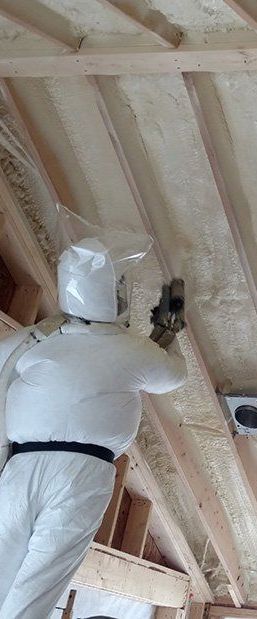
Get expert attic insulation services with Lantz
Ready to insulate your attic? At Lantz Insulation, you can trust our expert attic insulation contractors to properly insulate your attic, cutting down on your energy costs and reducing roof damage for years to come. Whether it’s spray foam or cellulose, we’ll recommend the best option for your home and climate.
Don’t let high energy bills and drafts disrupt your winter. Upgrade your attic insulation today with Lantz and experience the difference. Contact us today to schedule an insulation or a
blower door test.
Common questions about attic insulation for winter
Does spray foam break down over time?
In general, spray foam doesn’t deteriorate because of its inert nature, preventing it from reacting with other substances and reducing the risk of chemical breakdown or disintegration. The chemical composition of spray foam creates a stable, unreactive material that resists degradation over time. Unlike other insulation materials that can rot, decay, or be affected by pests, spray foam insulation remains unchanged and effective for decades.
Is spray foam permanent?
When installed correctly by professionals, spray foam insulation can last for many decades. Its resilience to moisture, temperature fluctuations, and pests increases its longevity compared to traditional insulating materials. Homeowners can expect a well-maintained spray foam insulation system to provide consistent thermal resistance and energy efficiency throughout its lifespan.
Over time, spray foam insulation may experience minimal shrinkage or slight degradation, particularly in extreme conditions or because of improper installation, but these instances are rare.
Polyurethane properties
The primary component of spray foam insulation, polyurethane, offers numerous benefits, namely its durability. Polyurethane has excellent thermal insulation capabilities, providing a high R-value—a measure of heat resistance—that boosts energy efficiency and reduces heating and cooling costs. Its rigidity and structural integrity are other notable features.
Additionally, polyurethane has outstanding adhesive properties and is highly resistant to water and moisture infiltration, preventing issues such as mold, mildew, and damage due to water ingress. All of these factors make spray foam insulation more effective than other kinds of insulation.
Closed- and open-cell foam
Closed-cell spray foam and open-cell foam are the two types of spray foam insulation, each with its own perks. Closed-cell spray foam is more rigid and stable because the cells are entirely closed, disabling moisture from penetrating the foam.
By contrast, open-cell foam isn’t completely closed, allowing for greater flexibility. Unlike closed-cell foam, open-cell can allow moisture to seep in, potentially compromising the insulation's effectiveness over time.
While both deliver benefits, it’s up to personal preference and the project’s requirements to determine which method to use. However, closed-cell foam tends to last longer and is the more effective insulation option.
